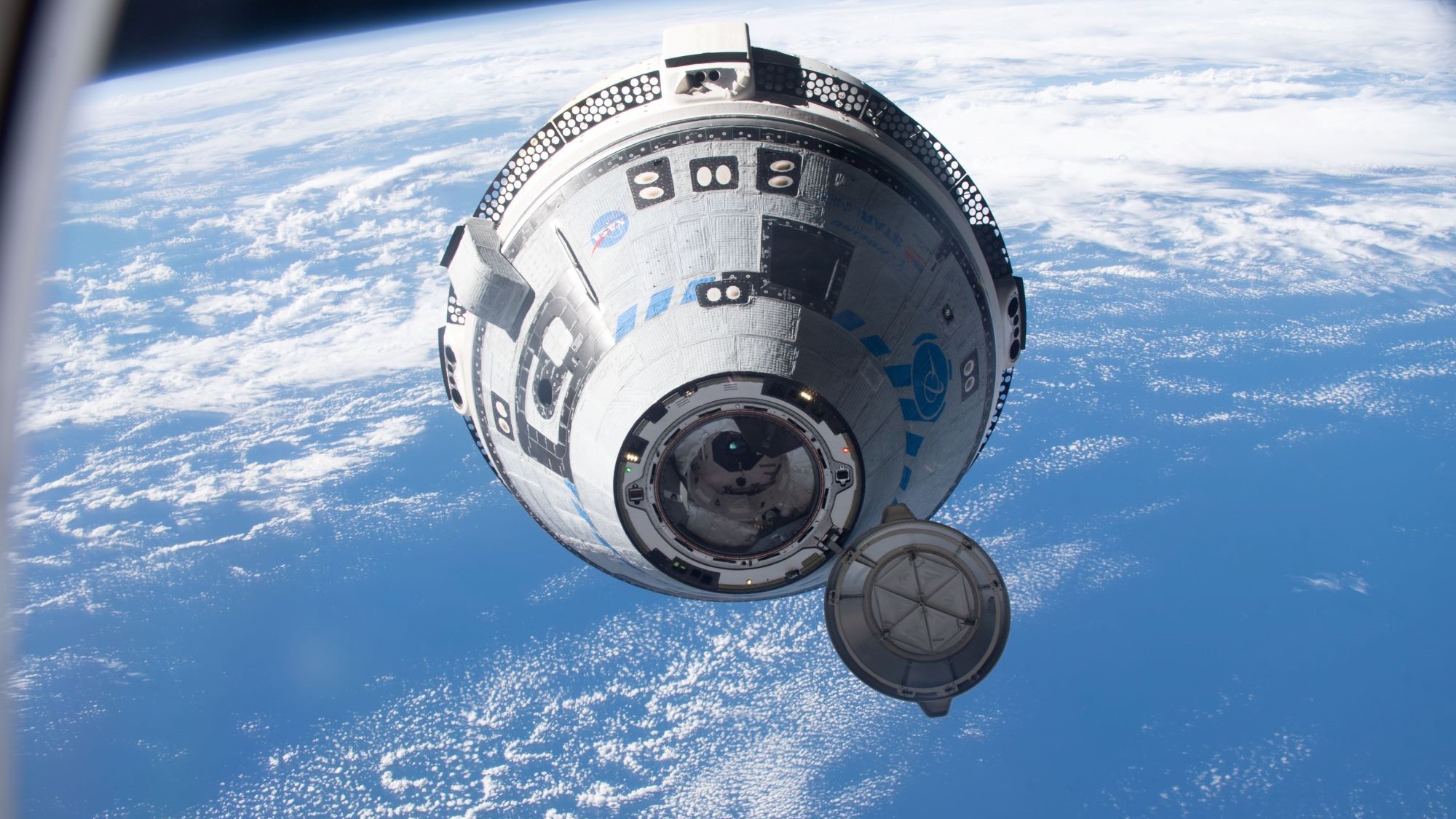

Boeing’s Starliner spacecraft was supposed to depart Earth last month in a crewed test flight scheduled for July 21. It never left the ground. Problems with the spacecraft’s parachute system and the discovery of flammable tape around internal electronics led NASA, in June, to indefinitely postpone the flight.
The work to fix the problems with the Starliner won’t be complete until next year, NASA and Boeing officials announced this week. ”We’re anticipating that we’re going to be ready with the spacecraft in early March,” Boeing Starliner vice president and program manager Mark Nappi said during an August 7 press conference.
It’s just the latest in a long series of problems and delays that have plagued the Starliner since its first test flight. And, in the meantime, SpaceX has been eating the more venerable aerospace giant’s lunch.
In 2014, NASA awarded both SpaceX and Boeing contracts to develop spacecraft for the space agency’s Commercial Crew Program. The goal at the time, according to Laura Forczyk, founder of the space industry analysis firm Astralytical, was to provide NASA with rides to space after the 2011 retirement of the Space Shuttle, without relying on Russia and its Soyuz spacecraft. Boeing was the clear favorite.
“They chose to do similar redundant systems, Dragon and Starliner, for the purpose of at least one succeeding. That one was assumed to be Starliner,” Forczyk says. “And it was a question whether SpaceX would even succeed at all.”
SpaceX completed testing of its Crew Dragon spacecraft, and then flew its first official mission with NASA astronauts in November 2020. But computer issues kept Boeing’s spacecraft from completing its uncrewed flight test, the Orbital Flight Test (OFT), in December 2019.
[Related: Watch SpaceX’s giant Starship rocket explode]
Then, in April 2021, issues with an engine valve—due to exposure to salty air at Cape Canaveral, Florida—led to the cancellation of the re-attempted uncrewed flight test, OFT-2. Boeing wouldn’t successfully complete that test until May 2022.
The next step in Starliner testing, a crewed flight test, or CFT, was originally scheduled for December 2022. This was delayed multiple times—in February, March, and April—before the July launch date was postponed due to the issues with the parachute and flammable tape.
According to Nappi, Boeing has redesigned linkages for the parachutes to make them more robust. The aerospace company plans to conduct a “drop test” of the new design in November, releasing a version of the Starliner from 11,000 feet over the Nevada desert. Boeing is also removing the flammable tape where possible, and considering ways to place protective coatings on the tape in areas where it cannot be so easily replaced.

Despite marking March 2024 as the month when Starliner could be ready, NASA and Boeing do not have an official launch date in mind. And given how the program has run so far, that’s probably a wise decision, according to Forczyk.
“There’s multiple things that could happen that will continue to delay this,” she says. “Just based on the hardware testing, I do believe that we’d have to see everything go perfectly from now until March in order for them to even optimistically consider March as a date for their next true test mission.” That an aerospace giant like Boeing is still dealing with fundamental engineering troubles this late in the game, while an upstart like SpaceX is about to fly its seventh crewed mission for NASA on August 25, has to be embarrassing for Boeing, she adds.
More importantly though, it’s costing Boeing money: NASA awarded the company $4.2 billion to develop the Starliner in 2014, and it is on the hook for all costs beyond that amount. CNBC estimates the company has lost around $1.5 billion on Starliner so far.
[Related on PopSci+: A DIY-rocket club’s risky dream of launching a human to the edge of space]
”This program has been such a money loss for Boeing that it makes me wonder how committed Boeing is going to be to the continuation of this program,” Forcysk says. She notes that Boeing has said it will fulfill its obligations to NASA, which include six crewed flights to the ISS, but the company may no longer be interested in trying to offer Starliner services to other governments or private customers.
NASA, meanwhile, may soon have alternatives to Starliner.
“Coming on board, perhaps, is Sierra Space’s Dream Chaser, which has been in development for like 20 years,” Forczyk says. And Blue Origin’s New Glenn spacecraft is expected to begin flying commercial payloads by August 2024.
With those alternatives or backups to Crew Dragon flights, and NASA’s planned retirement of the ISS by the end of the decade, it could be that Starliner is a very expensive project that flies fewer than 10 missions.
The end result is that SpaceX, once considered the underdog by NASA, looks to be the primary human space launch contractor for NASA for the foreseeable future. “These other systems that are in development will offer competition, but at what point does SpaceX become less dominant?” Forczyk says. “Right now SpaceX is so far ahead of everyone else in human-rated orbital launch that it’s going to take a lot for other companies to catch up.”
